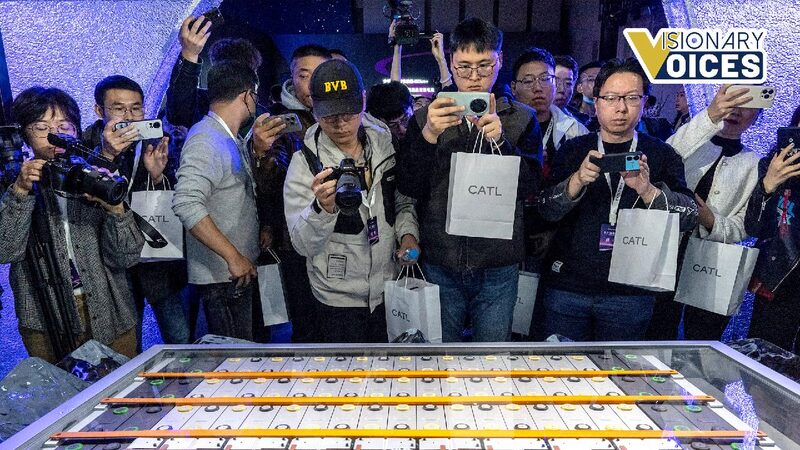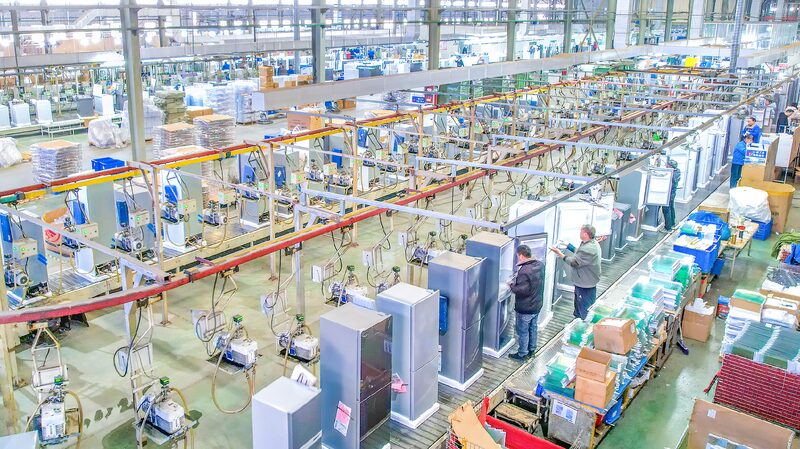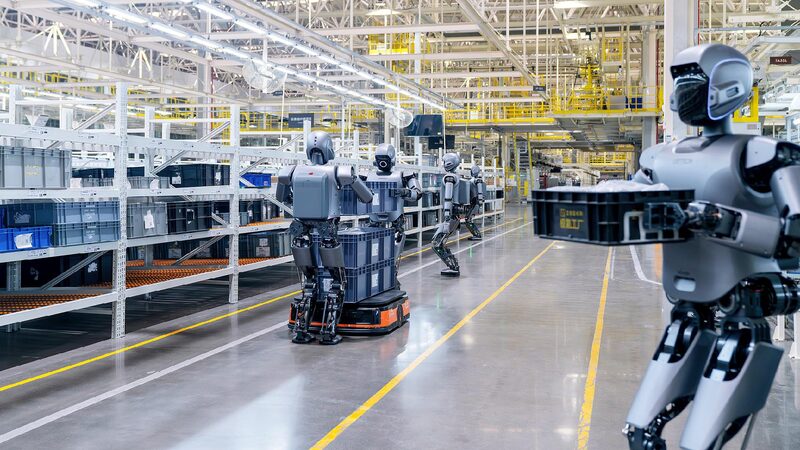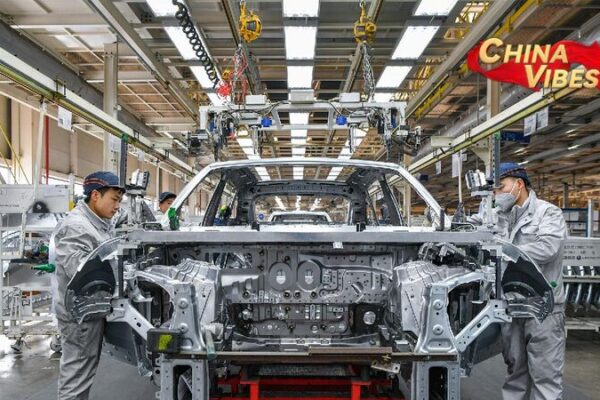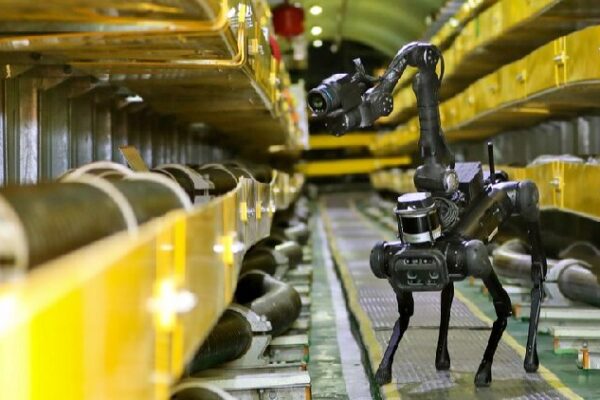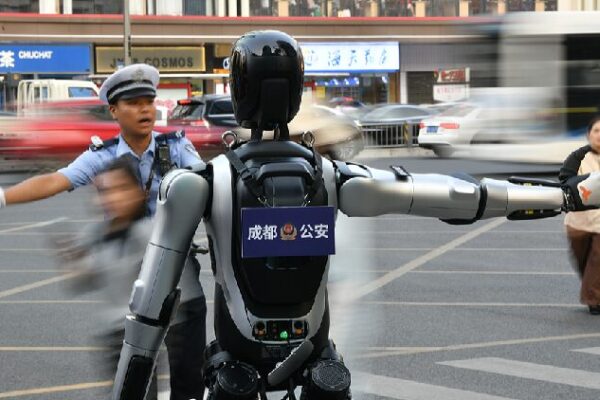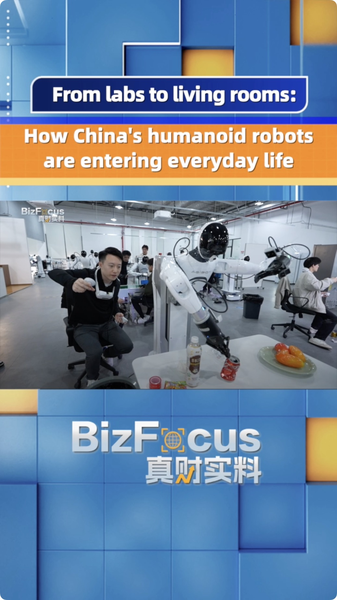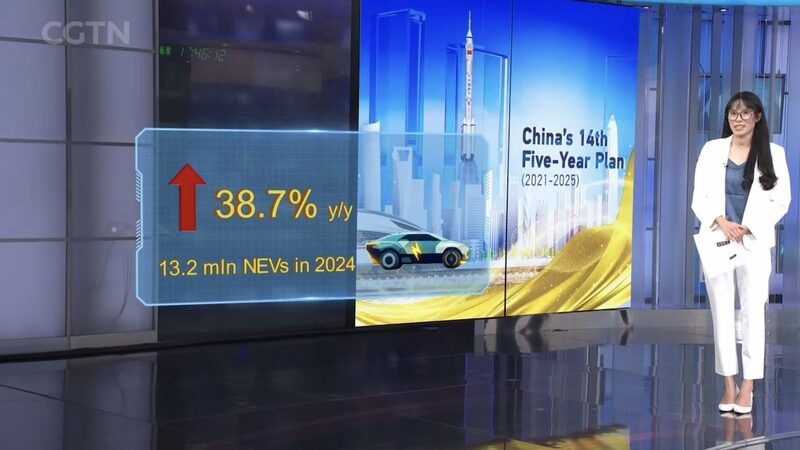China’s Big Push Toward a High-Tech Future
China is stepping into a new era of technological innovation, aiming to reshape its economy with “new quality productive forces.” Introduced by President Xi Jinping during his visit to northeast China in September 2023, this concept focuses on driving economic transformation through high-tech advancements and efficiency.
But what exactly are these “new quality productive forces”? In simple terms, it’s a shift from traditional manufacturing and production methods to ones that are smarter, faster, and cleaner. Think of robots in factories, artificial intelligence (AI) managing supply chains, or smart devices improving daily life.
Innovation at the Heart of Change
As China gears up for its 2025 Two Sessions—a major political event where future plans are discussed—the nation is prioritizing disruptive technologies, boosting overall productivity, and nurturing emerging industries. By enhancing Total Factor Productivity (TFP), which measures how efficiently labor and capital are used, China aims to get more out of its resources through technology like automation and AI.
According to a government work report, China is set to focus on areas like commercial aerospace, biomanufacturing, quantum technology, and 6G networks. The goal is to accelerate digital transformation in manufacturing and develop smart products like AI-powered phones, computers, and robots.
The Rise of Artificial Intelligence
AI is a big part of China’s plans. By 2027, the country’s spending on AI could reach $38 billion, making up about 9% of the global market. In industries like automotive and electronics, AI can boost production efficiency by 30% to 50%. Companies like Huawei and SenseTime are leading the way in AI research, pushing China toward a more automated future.
Smart Factories and Digital Economies
China is already building smart factories and intelligent supply chains. For example, Haier, a leading home appliance manufacturer, uses Internet of Things (IoT) technology to streamline production, reducing time and waste. China’s digital economy accounted for 41.5% of its GDP in 2022, and it’s expected to grow with ongoing investments in industrial software, cloud computing, and cybersecurity.
The integration of digital tools in traditional industries is also on the rise. In agriculture, AI-powered farming techniques and smart irrigation can increase yields and save resources. In transportation, cities like Shenzhen use intelligent traffic systems to reduce congestion by up to 20%, improving overall efficiency.
Exploring New Frontiers in Space
China’s commercial space industry is another area embracing “new quality productive forces.” Companies like Galactic Energy are developing reusable rockets, which lower the costs of space launches. This opens doors for more satellite services in communication, earth observation, and navigation.
Green Tech Leading the Way
Green technology is at the core of China’s vision for high-quality production. Combining innovation with sustainability, China is a global leader in renewable energy. By the end of 2024, the country’s total power generation capacity is expected to reach about 3.35 billion kilowatts, a 14.6% increase from the previous year. Solar power capacity alone is projected to grow by over 45%.
China produces 80% of the world’s solar panels and has been instrumental in electrification projects across Africa. Companies like PowerChina are helping develop solar farms in countries like Kenya and Ethiopia. China’s advancements in electric vehicles (EVs) are also significant; in 2023, it exported 1.2 million EVs, marking a 77.6% increase from 2022.
The country is investing in next-generation green technologies like carbon capture and hydrogen energy. The recent launch of the world’s first floating wind power-fishery integrated platform off the coast of Fujian Province showcases China’s commitment to innovative green solutions.
Looking Ahead
To take “new quality productive forces” to the next level, China is focusing on disruptive innovation, digital transformation, and emerging industries. By enhancing productivity through AI, automation, and smart supply chains, the nation aims for sustainable and efficient economic growth.
Reference(s):
China taking 'new quality productive forces' to a higher level
cgtn.com
